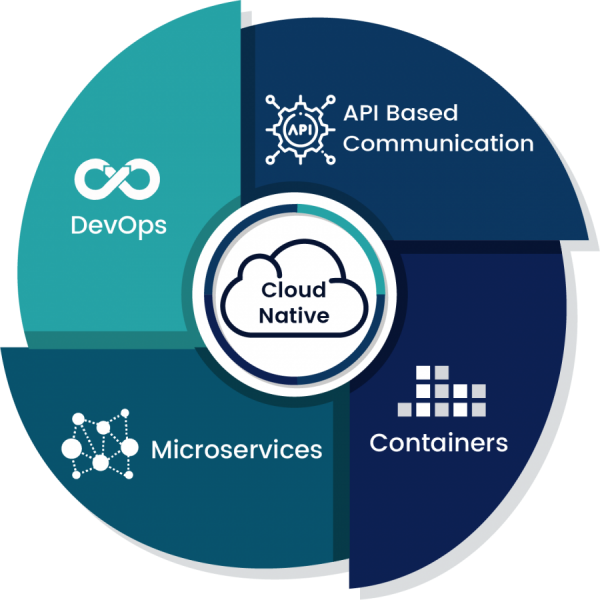Cloud-Native Build Strategy

Cloud-Native Build Strategy refers to the approach of designing and building applications specifically for the cloud environment, leveraging the cloud’s scalability, resilience, and distributed nature. This strategy is centered around the use of microservices, containers, serverless architectures, and DevOps practices. The goal is to create applications that are loosely coupled, scalable, and can be updated or scaled independently without affecting the entire system.
In a Cloud-Native Build Strategy, applications are broken down into smaller, independent services (microservices) that communicate with each other through APIs. These services are packaged into containers, which provide a consistent environment for the application to run, irrespective of the underlying infrastructure. This makes the application highly portable across different cloud platforms. Serverless architectures are also often used, where the cloud provider manages the server infrastructure, and the organization only needs to focus on the application code.
Implementing a Cloud-Native Build Strategy requires a shift in both technology and culture. On the technology side, it requires knowledge of cloud-native technologies like Docker for containerization, Kubernetes for orchestration, and CI/CD tools for continuous integration and deployment. On the cultural side, it requires adopting DevOps practices, which involve close collaboration between development and operations teams, and a focus on automation, continuous delivery, and agile methodologies. It’s a comprehensive approach that can lead to more resilient, scalable, and efficient applications, but it requires careful planning and execution.